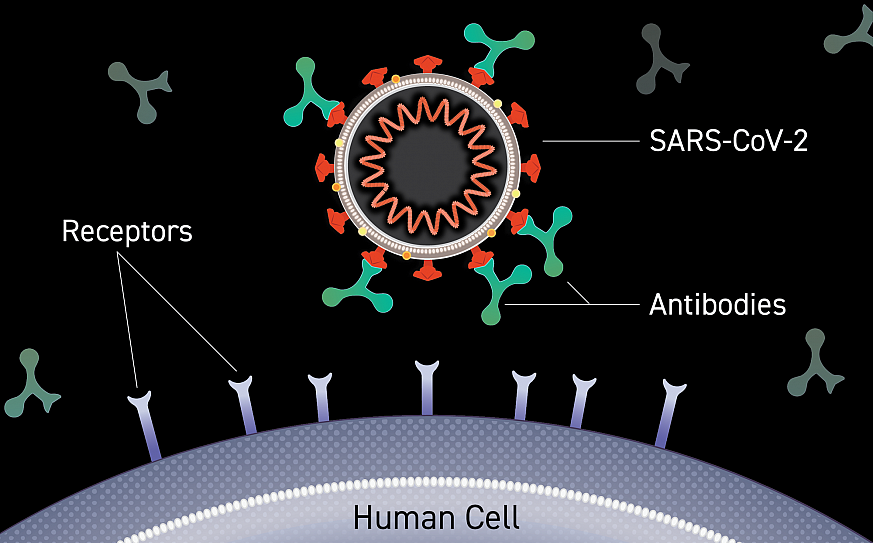The periodic table is one of the most iconic and essential tools in chemistry. It organizes all known chemical elements in a systematic way, providing a framework for understanding their properties and behaviors. Since its creation by Dmitri Mendeleev in 1869, the periodic table has become a cornerstone of scientific education and research. This article explores how elements are classified in the periodic table, the significance of its structure, and its importance in the field of chemistry.
The Structure of the Periodic Table
The periodic table is arranged in rows called periods and columns called groups or families. Each element is represented by a unique symbol, such as H for hydrogen or O for oxygen, and is accompanied by its atomic number, which indicates the number of protons in its nucleus. The table is organized to highlight patterns and trends among elements, making it easier to predict their properties and reactions.

- Periods: The rows of the periodic table represent periods, which correspond to the number of electron shells in an atom. As you move from left to right across a period, the atomic number increases, and elements transition from metals to nonmetals.
- Groups: The columns represent groups, which contain elements with similar chemical properties. For example, Group 1 consists of alkali metals like lithium and sodium, which are highly reactive and form similar compounds. Group 18, the noble gases, includes elements like helium and neon, which are inert and rarely react with other substances.
Classification of Elements
Elements in the periodic table are broadly classified into metals, nonmetals, and metalloids based on their physical and chemical properties.
- Metals: Metals make up the majority of the periodic table and are found on the left side and center. They are typically shiny, malleable, ductile, and good conductors of heat and electricity. Examples include iron, copper, and gold. Metals tend to lose electrons in chemical reactions, forming positive ions.
- Nonmetals: Nonmetals are located on the upper right side of the periodic table. They are generally poor conductors of heat and electricity and can be gases, liquids, or solids. Examples include oxygen, carbon, and sulfur. Nonmetals tend to gain electrons in chemical reactions, forming negative ions.
- Metalloids: Metalloids, such as silicon and arsenic, are found along the staircase-like line between metals and nonmetals. They exhibit properties of both metals and nonmetals, making them useful in semiconductors and electronics.
Trends in the Periodic Table
The periodic table reveals several important trends that help chemists predict the behavior of elements.
- Atomic Radius: The size of an atom decreases from left to right across a period due to increasing nuclear charge, which pulls electrons closer to the nucleus. Conversely, atomic radius increases down a group as additional electron shells are added.
- Ionization Energy: Ionization energy, the energy required to remove an electron from an atom, increases across a period and decreases down a group. This trend reflects the varying ease with which atoms lose electrons.
- Electronegativity: Electronegativity, the ability of an atom to attract electrons in a chemical bond, follows a similar pattern to ionization energy. It increases across a period and decreases down a group.
- Reactivity: Reactivity varies among groups. Alkali metals (Group 1) are highly reactive, while noble gases (Group 18) are largely inert. Transition metals, found in the middle of the table, exhibit variable reactivity and often form colorful compounds.

Importance of the Periodic Table in Chemistry
The periodic table is an indispensable tool for chemists, providing a wealth of information at a glance. Its importance can be seen in several key areas:
- Predicting Properties: The periodic table allows chemists to predict the properties of elements based on their position. For example, knowing that fluorine is in Group 17 (halogens) suggests it is highly reactive and forms salts with metals.
- Guiding Research: The table helps researchers identify elements with specific characteristics for use in new materials, medicines, and technologies. For instance, the development of semiconductors relies on elements like silicon and germanium, which are metalloids.
- Understanding Chemical Reactions: The periodic table provides insights into how elements interact. For example, elements in the same group often form similar types of compounds, such as the alkali metals forming +1 ions.
- Educational Tool: The periodic table is a fundamental teaching tool in chemistry, helping students understand the relationships between elements and the principles of atomic structure.
Applications of the Periodic Table
The periodic table has practical applications in various fields, from industry to medicine.
- Material Science: Engineers use the periodic table to design alloys, ceramics, and polymers with specific properties. For example, titanium, known for its strength and corrosion resistance, is widely used in aerospace and medical implants.
- Medicine: Many elements in the periodic table are essential for health. Calcium strengthens bones, iron is crucial for blood production, and iodine is necessary for thyroid function. Radioactive elements like technetium are used in medical imaging.
- Energy: The periodic table guides the development of energy technologies. Lithium and cobalt are key components of rechargeable batteries, while uranium and plutonium are used in nuclear power.
The periodic table is more than just a chart of elements; it is a map of the building blocks of the universe. By organizing elements based on their properties and behaviors, it provides a framework for understanding the natural world and driving scientific innovation. From predicting chemical reactions to developing new technologies, the periodic table remains an essential tool in chemistry and beyond. Its enduring significance underscores the beauty and power of scientific classification, reminding us that even the most complex phenomena can be understood through careful observation and organization.
































